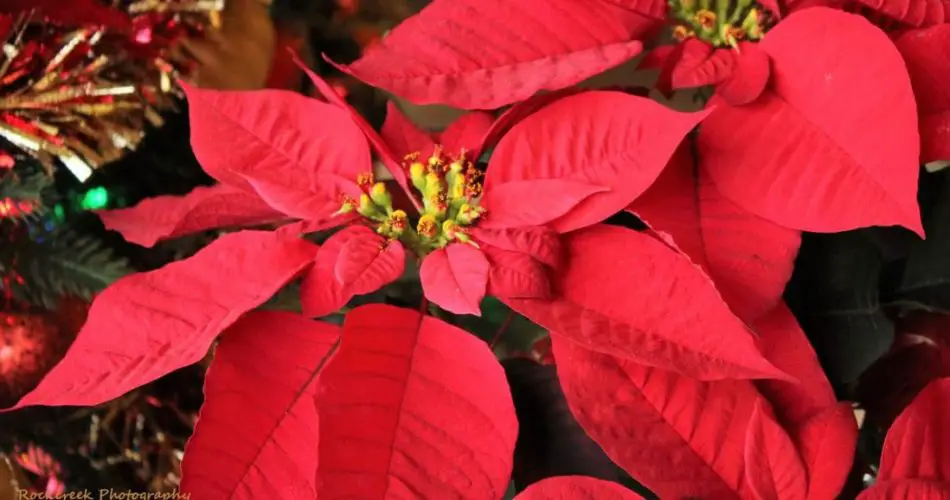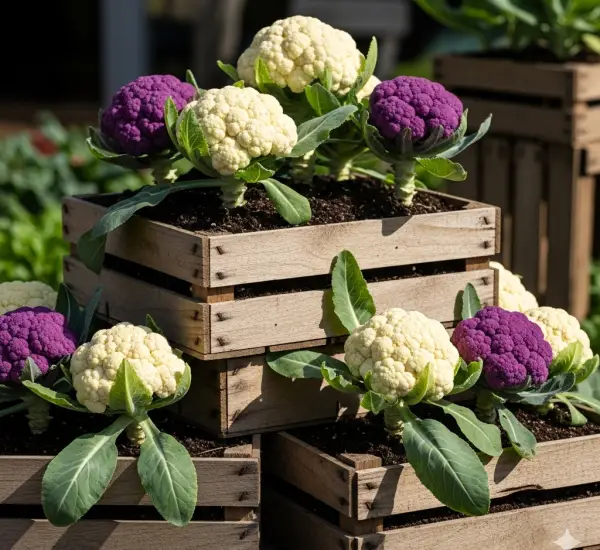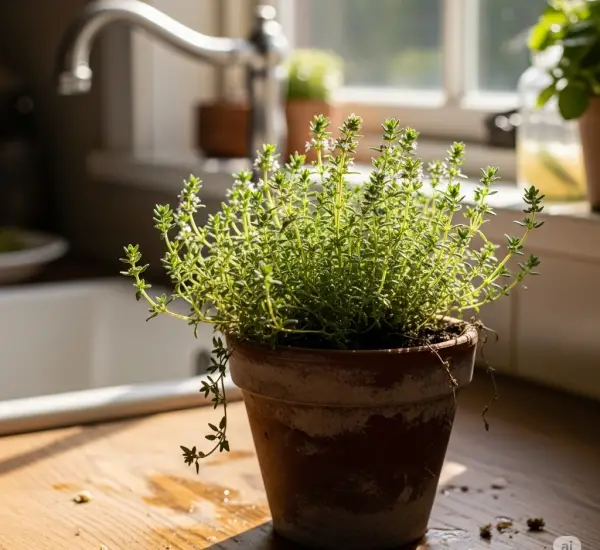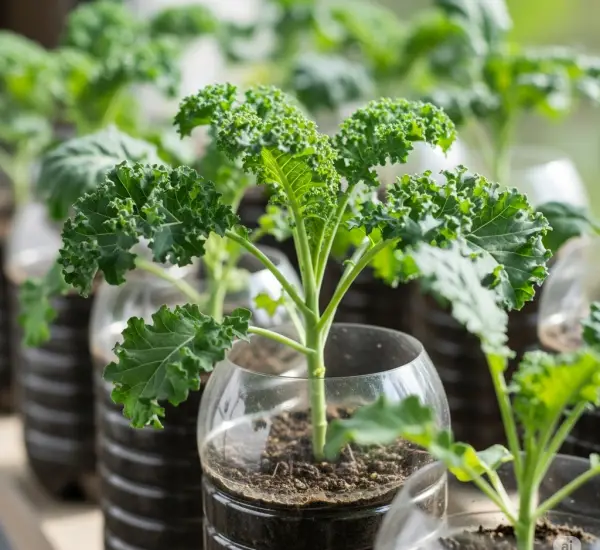As we approach one of the most anticipated times of the year, the Poinsettia stands out as an iconic symbol of the season. Native to Mexico, the Poinsettia is a stunning ornamental plant belonging to the Euphorbia family. While there are around 100 varieties with different colors, the most renowned is undoubtedly the Euphorbia pulcherrima, known for its classic red bracts (its flowers are tiny and yellow).
Unlike many other plants that require ample hours of sunlight to bloom, the Poinsettia is a short-day plant. This means it needs long periods of darkness to encourage flower buds and the vibrant coloring of its leaves.
- Keep the Poinsettia Dark, but Not Too Dark:
- Although it needs at least 12 hours in the dark, ensure the Poinsettia still receives partial sunlight during the day.
- Keep it in the dark for 12-16 hours, perhaps by covering it with a box, then let it bask in 6-8 hours of indirect light for the next 8 weeks.
- Fertilize Twice Before Dark Period:
- Like all plants, Poinsettias need nutrients to grow and bloom. Use a specialized fertilizer and apply it at least twice before the dark period.
- For a natural alternative, banana peels, rich in potassium, can help strengthen the plant and stimulate flowering.
- Cut the peels of two or three bananas into pieces and boil them in a liter of water for about 10 minutes. Let it cool and use the liquid to water the Poinsettia.
- Maintain a Constant Temperature:
- Poinsettias are sensitive to low temperatures, so avoid exposing them to cold drafts or sudden temperature changes.
- Ideally, keep them at a minimum temperature of about 15-22°C during the night.
- Water Adequately:
- During the cold season, never let the soil completely dry out before watering the plant, as the leaves may start to rot and fall.
- Water the Poinsettia at least 3 times a week.
Now that you know how to stimulate the Poinsettia’s blooming, start applying these tips right away to ensure you have a plant full of flowers in time for the holiday festivities.



